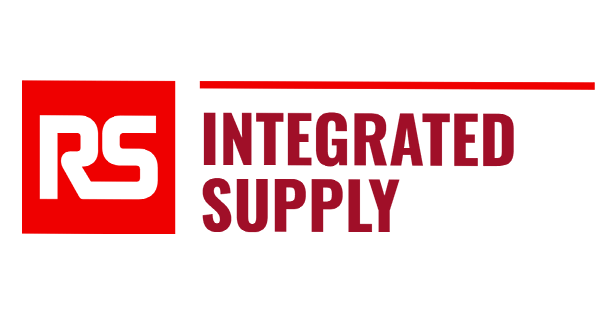How to Transition from Reactive to Planned Maintenance?

Properly establishing planned maintenance allows you to be more agile when reactive maintenance is required.
For some people, the adage “Never waste a good crisis” could not be truer. They love it when something goes wrong, and they can rush in acting like the hero and saving the day.
Within manufacturing operations, however, maintenance planning is more effective than the firefighting approach. Not only does a planned approach ensure that there is enough time to undertake routine maintenance when it’s due, it also greatly reduces the likelihood of expensive unplanned outages.
“It’s about risk management,” says Brandon Coombs, Senior Vice President for Operational Excellence at RS Integrated Supply, a global supply chain solutions provider for maintenance, repair, and operations (MRO). “The more you plan, the more you can anticipate performance and the more you can drive part availability.”
Chris Allmond, Head of Engineering Consultancy Services at RS Integrated Supply, agrees. “Reactive maintenance is the lowest level,” he says. “There’s no real strategy and it comes with high risk and high cost.
“In any manufacturing industry, a breakdown is going to cause significant disruption to your production flow and your productivity, which impacts your costs, your profit margins, and your supply chain,” Allmond adds. “It is also very unsafe, because people are often working under pressure from operations managers to get things up and running again, so they don’t step back and evaluate the inherent risks in conducting the activity. They just dive in and that’s when people can get hurt.”
Create a maintenance plan
Getting the right processes in place is a vital step in the transition from reactive to planned maintenance. Start, advises Allmond, by defining the manufacturing process constraints in limiting production throughput. Then define equipment and parts criticality being sure to consider the elements of safety, productivity, quality, waste, reliability, and Total Cost of Ownership. The next step, he continues, is to “analyze current maintenance tactics and ensure they address the failure modes being experienced to ensure you have value-adding maintenance inspections.”
To maximize the efficacy of the new maintenance plan, analyze performance down to the critical assets. “Maintenance engineers and those responsible for creating the planning schedule need to track breakdowns regularly to ascertain that the new planned maintenance regimes are addressing and mitigating the real failure modes as well as addressing any new failure modes as equipment ages or we push the design envelopes,” says Allmond.
“Some key questions arise when building and operating a planned maintenance schedule,” adds Richard Jeffers, Solutions and Technical Director for industrial and electronic solutions provider RS UK and Ireland. “Does your strategy ensure labor, spare parts, and any specialist contractors are available when you need them?
The maintenance planning program also needs to be updated on a continuing basis. “When the time comes for a review,” says Jeffers, “ask yourself if the planned maintenance you’re doing is improving asset availability. Interrogate the data to find out if you are reducing the amount of maintenance-induced failure.”
Ensure it is multi-layered
Regardless of how robust your planned maintenance strategy is, within complex manufacturing facilities it is extremely difficult to predict every failure. “It is almost certain there will be some areas of reactive maintenance,” says Coombs, “however, if one can move the needle from say 3% planned maintenance to 50% planned maintenance, that is a massive improvement, which should yield substantial labor productivity gains and other cost savings benefits.”
“You have to plan for multiple layers within your maintenance strategy, predicting and standardizing as much as you can, while accommodating one-off scenarios,” he added.
“You’ve got to differentiate your maintenance execution into planned and reactive work,” agrees Jeffers, “and you’ve got to emphasize the importance of sticking to the plan.”
Bring your team along
This transition from reactive to preventative maintenance involves a mindset shift for the maintenance engineering team. This can be unsettling, but there are ways to bring people along with the changes.
“Offer a balanced and evidenced assessment of the positives of proactive maintenance,” says Allmond. “This includes improved morale, a safer workplace, a less stressful and pressured working environment, improved reliability, more productivity, increased profit margins for the business, and ultimately safeguarding of jobs and livelihoods.”
There are also ways to encourage your maintenance team to follow the new, more planned approach rather than reverting to the firefighting hero response, adds Allmond. “Communication, reinforcement, and factually evidencing the benefits of working smarter not harder helps, as well as using simple performance indicators to support the improving trends.”
Before long, the maintenance team and other stakeholders will see that a planned approach is a win-win for all involved. Not only will operations be more resilient, with fewer failures and less downtime, but when the unexpected does happen, the maintenance engineers are better positioned to quickly respond. They will deliver greater added value and boost the bottom line, which may prove even more satisfying than riding to the rescue in a crisis.

